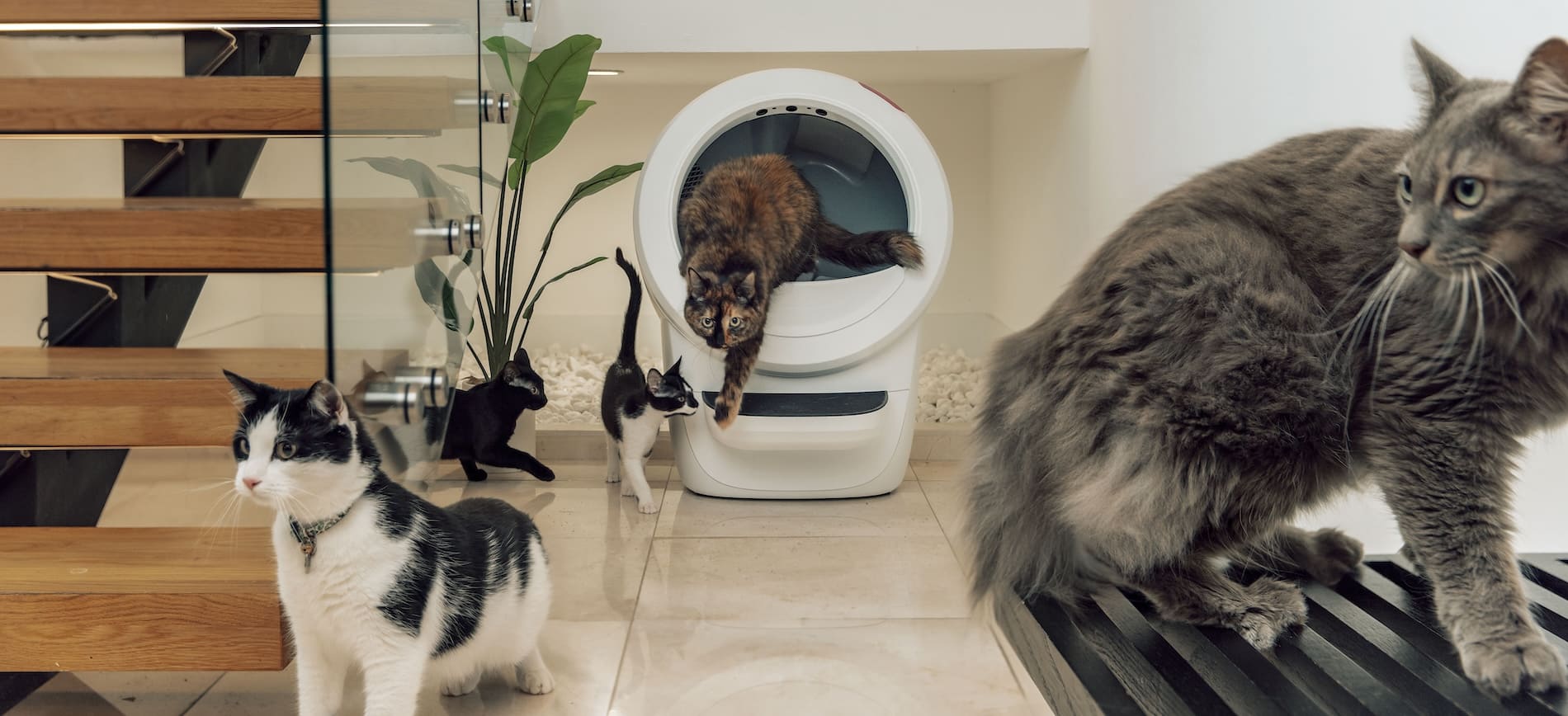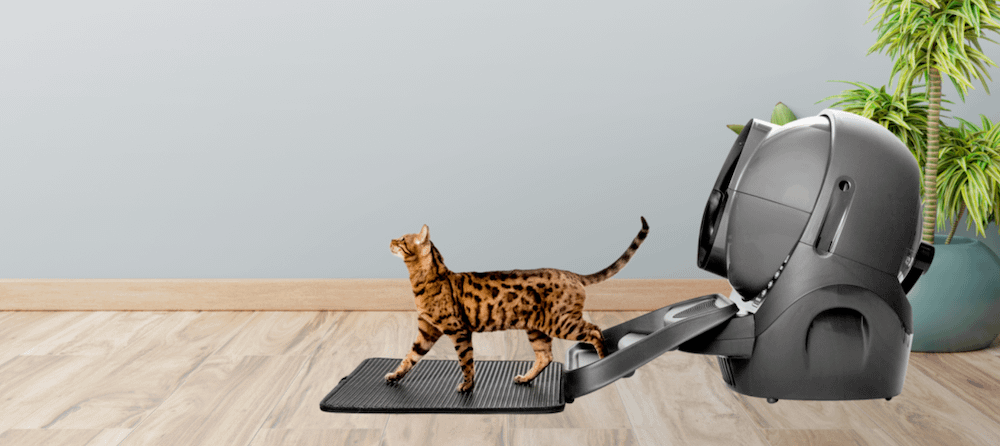Poop explosions, hairballs, and runaways, oh my: It’s Professional Pet Sitters Week! Let’s take a moment to thank those loving, endlessly patient pet sitters in our lives. Ever been curious about becoming a professional pet sitter? You’ll want to do your research: Learn about a typical day in the profession, how to become certified, and more.
What’s a typical day?
As a professional pet sitter, you usually have the flexibility to set your own schedule. But in general, you’ll be most needed during working hours on weekdays when other pet parents are at work. Evening, nighttime, and weekend visits may be requested when pet parents are out of town.
Typically, pet visits last anywhere from 20 to 45 minutes. The length depends on what you’re hired to do, which may include one or all of the following:
- Dog-walking (sometimes for a set distance)
- Scooping litter (unless the client is a Litter-Robot customer!)
- Providing food or cooking meals, and changing water
- Engaging in play sessions
- General monitoring
- Administering medication
- Caring for a pet’s special needs
- Additional tasks, such as cleanup (vacuuming, bathing the pet, washing the pet’s dishes)
Should you become certified?
There are many advantages to becoming a certified pet sitter. As the organization Pet Sitters International points out, the differences between a certified-professional pet sitter and a “hobby” pet sitter can be crucial. For example, a certified pet sitter is more likely to have:
- a local business license and/or their own business insurance and bonding
- an official service contract that clients must complete
- general pet-care training, and/or
- pet CPR and first aid training
Not only do these types of credentials provide peace of mind for your clients, they also provide peace of mind for yourself—as a professional in the field, whether or not you own a business.
Visit professional organizations like Pet Sitters International and National Association of Professional Pet Sitters to learn more about certification.
Dealing with difficult pets…
While the idea of getting paid to hang out with adorable dogs, cats, and other animals is certainly enticing, a professional pet sitter is bound to run into difficulties from time to time.
This fantastic Petful article cites just a few of the ways your day may take an unexpected turn. For instance, a particularly rowdy pup might snap his leash and take off in a sprint while you’re out on your walk (so always have backups handy!). Or, your client might forget that they’ve left open a window, only for kitty to escape and you to have to deal with the ensuing chaos.
You’ll also want to prepare yourself for dealing with pets with special needs, such as the following:
- Involuntary aggression: As the article points out, all animals can scratch or bite when feeling threatened; even if you’re doing everything in your power not to intimidate, the fact that you’re a stranger may be all that it takes for the animal to lash out
- Blindness, deafness, and other impairments
- Incontinence, or indoor accidents
- Extreme anxiety, or separation anxiety when their humans are away
- Depression, or lacking motivation to eat or go outside
- Medical conditions requiring the administering of medication
Before you take on a new client, make sure to get a complete physical and personality profile on the pet.
…and difficult humans
You may want to become a professional pet sitter because you’re not a “people person.” (We get it!) Unfortunately, sometimes the most difficult part of the job is the human clients. You may find yourself fielding late-night and last-minute phone calls (which is why you may want to write an extra fee into your service contract for emergency or off-hour visits). You may have to “remind” clients to pay you on time. And you may find that you’re expected to take on tasks around the client’s house that are outside your contract.
Whatever the case, communication is key. You’ll inevitably meet clients who don’t give you all the information, who avoid your calls or texts, or who flat out lie about their pets’ behaviors. Luckily, being a professional pet sitter usually means you’re flexible enough to take on as many clients as you want—and discard those who are making your life miserable.
So, still think you have what it takes to be a professional pet sitter? Most people in the profession find it incredibly fulfilling—because at the end of the day, all the little aggravations you may face along the way don’t compare to caring for a pet in need!









